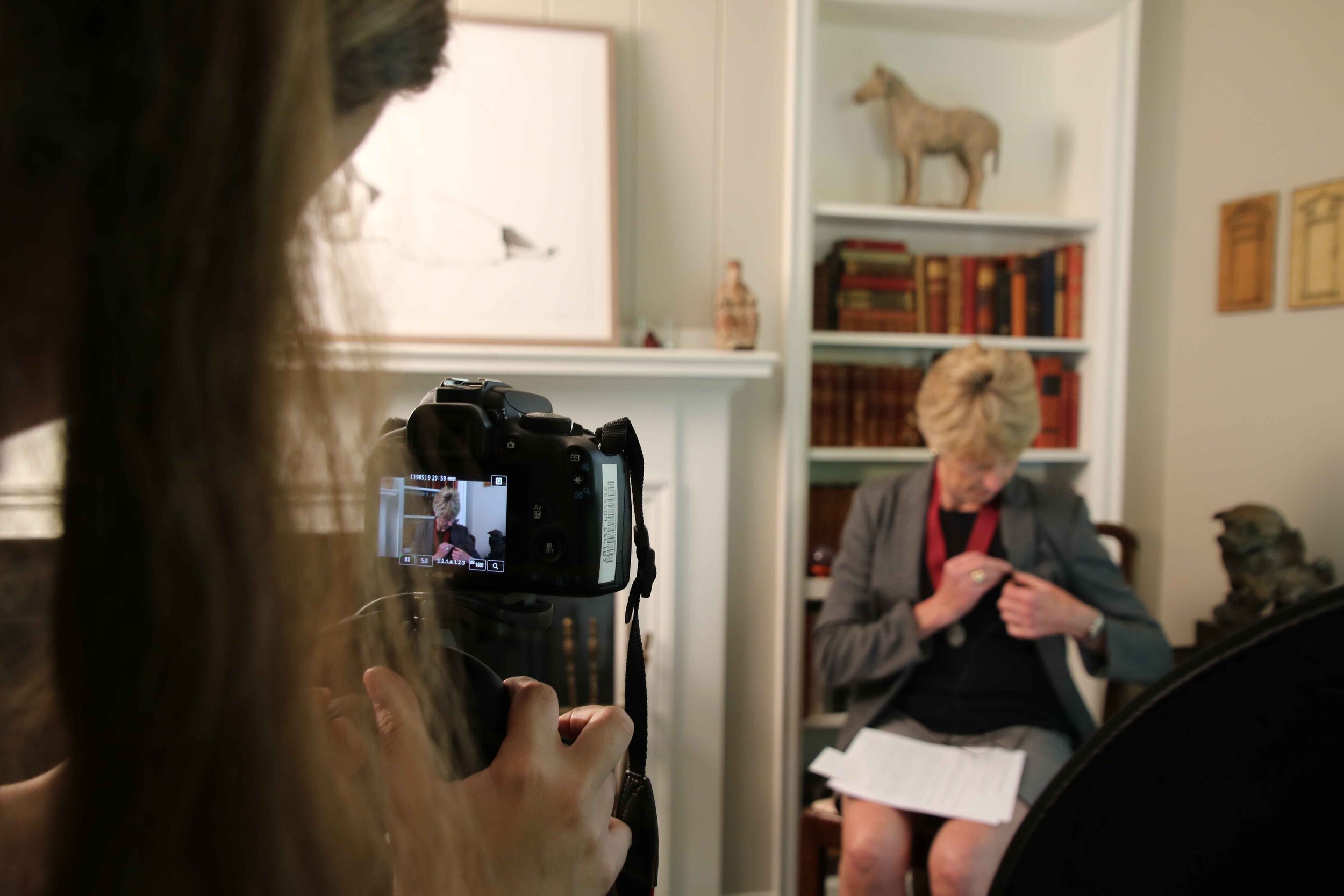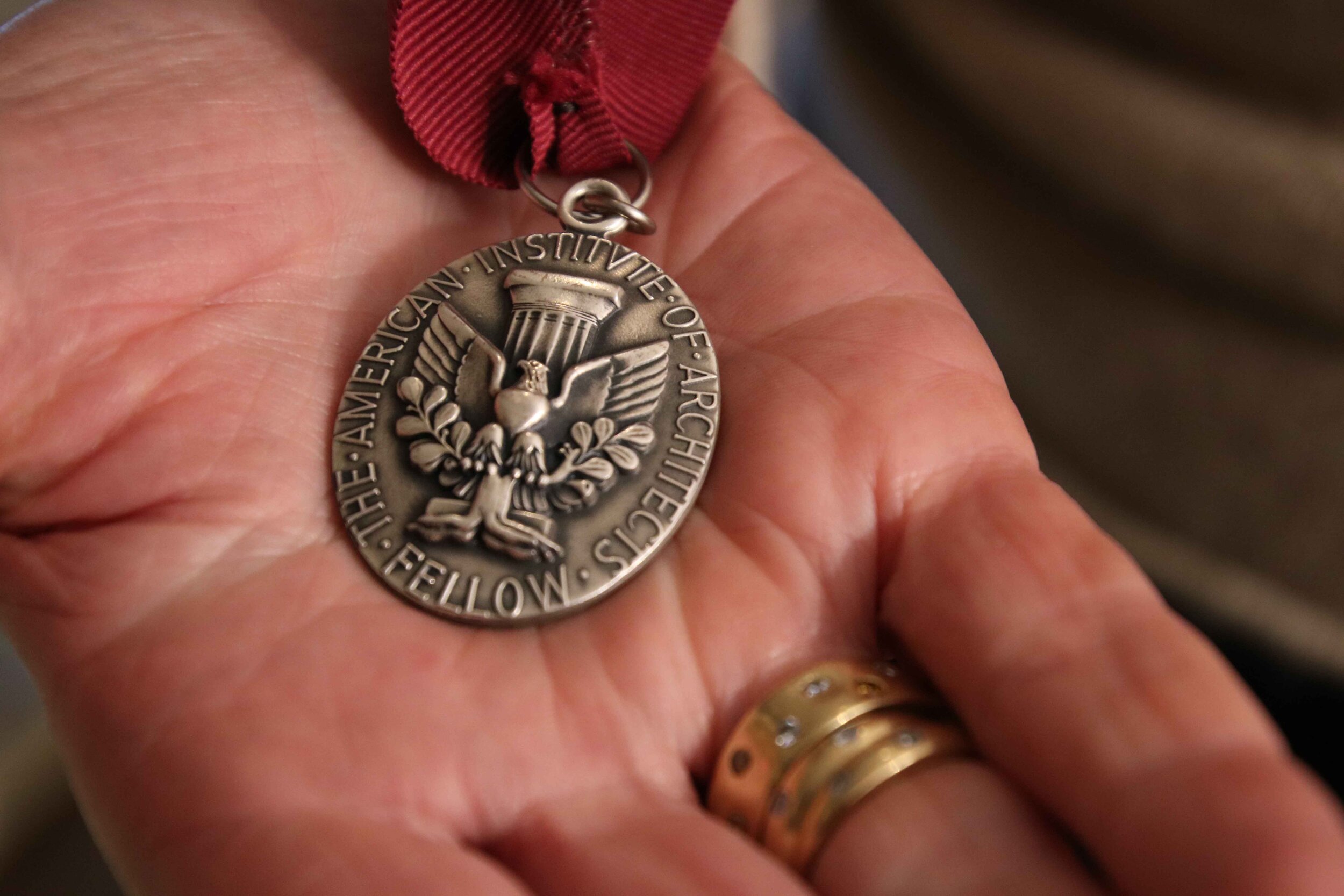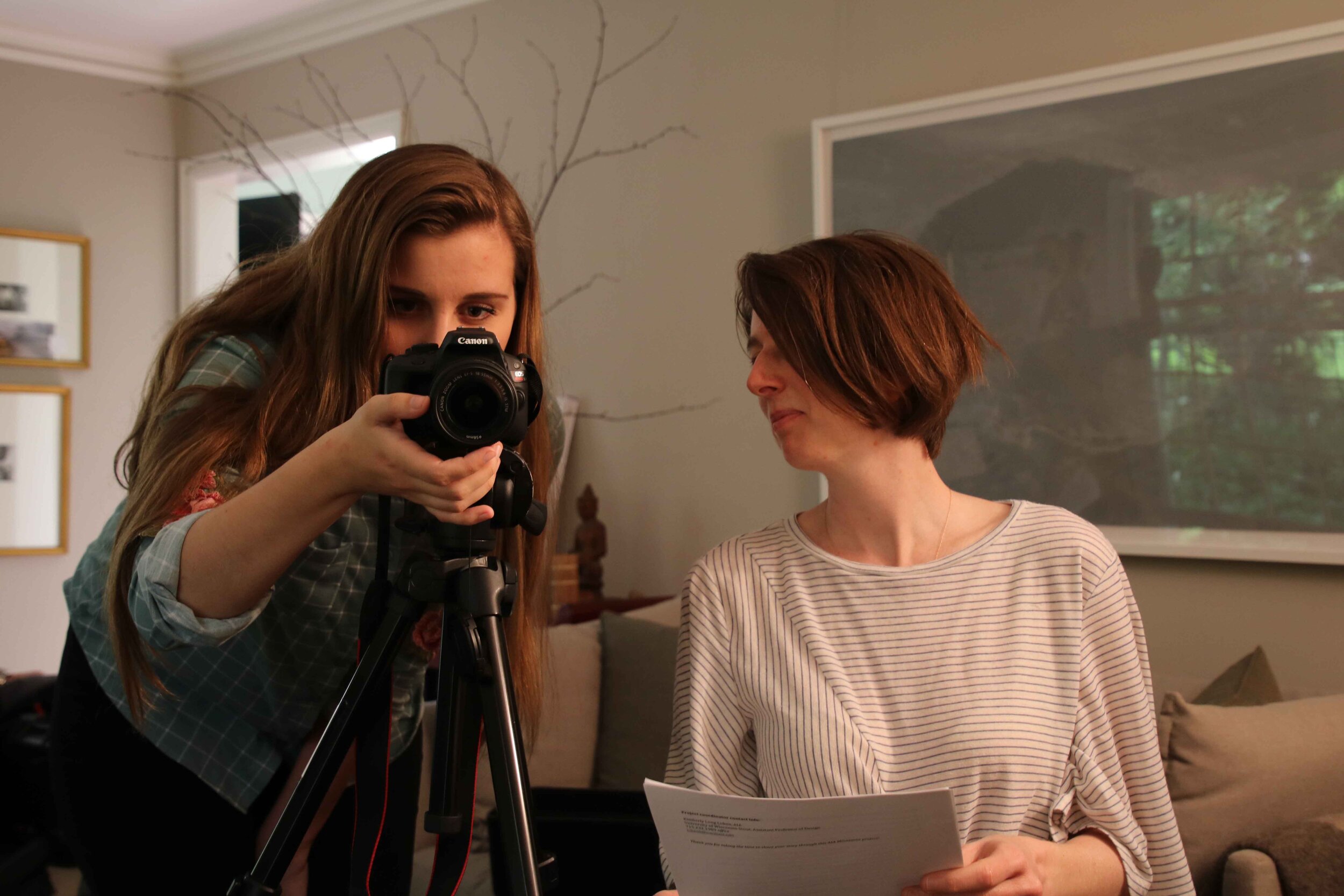Pioneering Women in Architecture, in Their Own Words
By Laurie Junker | June 17, 2021
Susan Blumentals, FAIA, shares work from her archives. Photo by Kimberly Long Loken, AIA.
SPOTLIGHT
Fellowship in the American Institute of Architects (AIA) is a notable distinction among architects. Only three percent of AIA members can claim the organization’s highest membership honor. Among women, the figure is much lower, reflecting women’s historical underrepresentation in the field, as well as lower application rates.
To achieve fellowship, candidates must demonstrate how their body of work has made a significant contribution to the profession and society. Application is a rigorous months-long process that requires nomination, sponsorship, exhibits, verification, and references. Less than half of all candidates are accepted each year.
In Minnesota, only 17 women have been elevated to the AIA College of Fellows. To honor these women and to inspire others to enter and stay in the profession, the AIA Minnesota Women in Architecture Committee, in conjunction with the Minnesota Architectural Foundation, organized the Minnesota Women in Architecture FAIA Legacy Project, which captures the stories of the women in interview transcripts and documentary-style video. “Architecture is demanding, and we wanted to find ways to encourage women currently in the field to seek leadership roles and other women to go into it,” says committee member and lead interviewer Kimberly Long Loken, AIA.
The project was funded through a Minnesota Historical and Cultural Heritage Program grant from the Minnesota Historical Society. To date, 11 oral histories have been completed.
Photos by Kimberly Long Loken: Sarah Nettleton, FAIA, sits down for an interview; the AIA fellowship medal; Renée Cheng, FAIA, draws during her interview. Photo by Maureen Colburn, AIA: Kimberly Long Loken (right) and Madeline Dooher (left) prepare for an interview session.
Prove It, Persist, and Persevere
Full of anecdotes and life lessons, the interviews share many common themes, including the challenge and opportunity of being a woman in a traditionally male-dominated profession. One of the fellows, educator Renée Cheng, FAIA, talks about the “prove-it-again bias” that affects women and people of color: “You don’t get credibility, you don’t get the benefit of the doubt, so you’re proving it again each time.” Cheng, now dean of the University of Washington’s College of Built Environments, thinks women have adapted and learned to become effective in these situations. She also suggests that the bias is largely unconscious, and can be corrected through leadership, increased awareness, and training.
Other interviewees note the shift in attitude among women themselves—from wanting to be seen as “one of the guys” in the 1980s to embracing their uniqueness and forming professional groups to encourage and support one another.
“Architecture is demanding, and we wanted to find ways to encourage women currently in the field to seek leadership roles and other women to go into it.”
Another through line in the interviews is the intersection of different disciplines in the study and practice of architecture—and how being able to see through each lens is important. It’s one of the aspects of architecture that drew Sally Grans-Korsh, FAIA, to the field. “[It’s] that Venn diagram of science, art, and sociology,” says Grans-Korsch. “It forced me to look at [things in different ways] to come to conclusions.” She applied her skills to the public sector designing for colleges and universities and affordable housing.
Art—drawing, in particular—was the gateway to architecture school for Rebecca Lewis, FAIA, a leader in healthcare architecture and in improving wellness in rural and indigenous communities through design. But Lewis also emphasizes her natural curiosity and willingness to take on demanding work. “One of the things I’ve learned in life is it’s always better to pick something that is challenging as [opposed to] something you know you can [easily] master,” she says.
Complete transcripts of the interviews can be found at the bottom of this page. The Women in Architecture Committee is currently seeking additional funding to complete the film editing and record interviews with additional fellows. Loken envisions the material being used to promote the profession to a range of ages, from high schoolers exploring careers to practitioners at all career stages looking for insight. “I know I feel empowered even as a mid-career professional seeing myself in these women,” says Loken. “And I think it’s helpful for any architectural practitioner at any age and of any identity to see women as their collaborators.”





